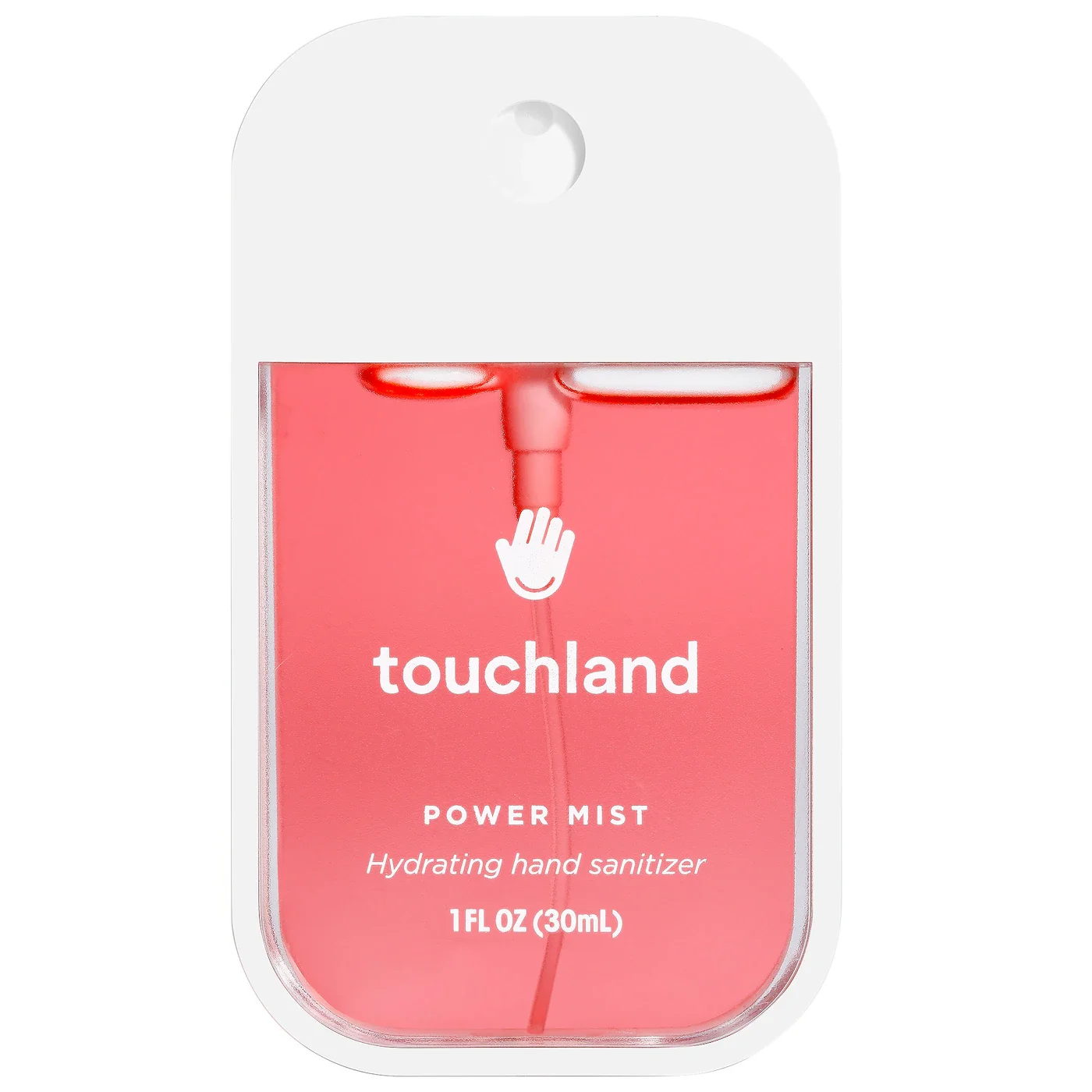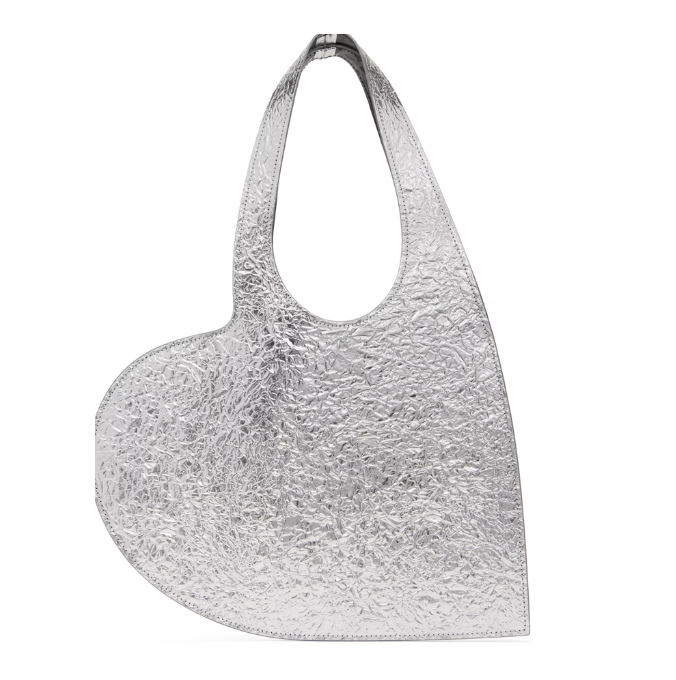
Don’t feel like working out in the gym or running every morning? Try doing a 30-minute power walk instead. Various studies have found that power walking reduces your risk for high blood pressure, high cholesterol, and diabetes. The CDC states that engaging in regular, moderate to intense physical exercise like power walking lowers your risk for several cancers. Additionally, power walking has benefits when it comes to brain health. A brisk power walk can improve your thinking or cognition or reduce feelings of anxiety for adults. Regular physical activity can help keep your thinking, learning, and decision-making skills; it can also reduce your risk of depression and anxiety and help you sleep better. If done consistently, regular power walking is good for your cardiovascular health, joint health, and emotional well-being. Now that you know the benefits of power walking, here’s how to start easily.
Here’s how you do it:
Mind your posture: You should keep your eyes forward, shoulders level, and head upright. Additionally, you should pull your belly button toward your spine to engage your core muscles. It’s important to take moments of rest to adjust your posture and body positioning. Release any tension in your shoulders and neck. Good, consistent posture will help you maintain speed and protect you from injury.
Keep your arms moving: While power walking, you should aim to move your arms, too, not just your legs. Add arm motion with them bent at a 90-degree angle to help you walk faster. However, you should ensure the movements aren’t exaggerated so you won’t hurt yourself. Focus on controlling your range of motion. Remember, your hand shouldn’t rise higher than your collarbone or cross the center of your body.
Keep a steady pace: To gain momentum, be sure to use short strides and aim for a brisk pace. Taking multiple small steps per minute can positively impact your overall health, specifically your insulin level, body mass index, and waist circumference.
Here are additional tips to make your power walks seamless:







Be intentional about your workout gear: Getting the right walking shoes is more important than cute or trendy workout gear. Your shoes should have good arch support and a flat sole with a rounded surface (unlike running shoes, which may be slightly thicker at the heel).
Keep safety in mind: Make sure you are visible and walking on a populated street, trail, or area. Walk on the sidewalk where you’re safe from traffic or potential danger. Be sure to use reflective tape or clothing, or bring a flashlight.
Keep it fun: You can use power walking to build connections and friendships! You can also make it productive by listening to your favorite podcast or walking your dog.






